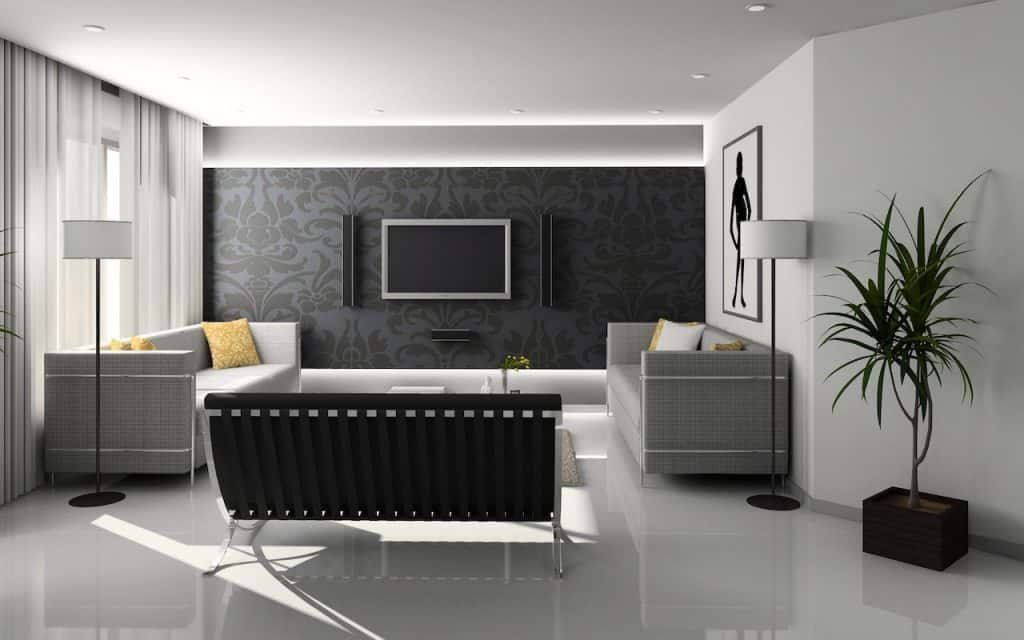Love movies, but don’t have the time or the inclination to brave the traffic and drive to a cinema theater? Building a home theater could be the answer to your entertainment needs!
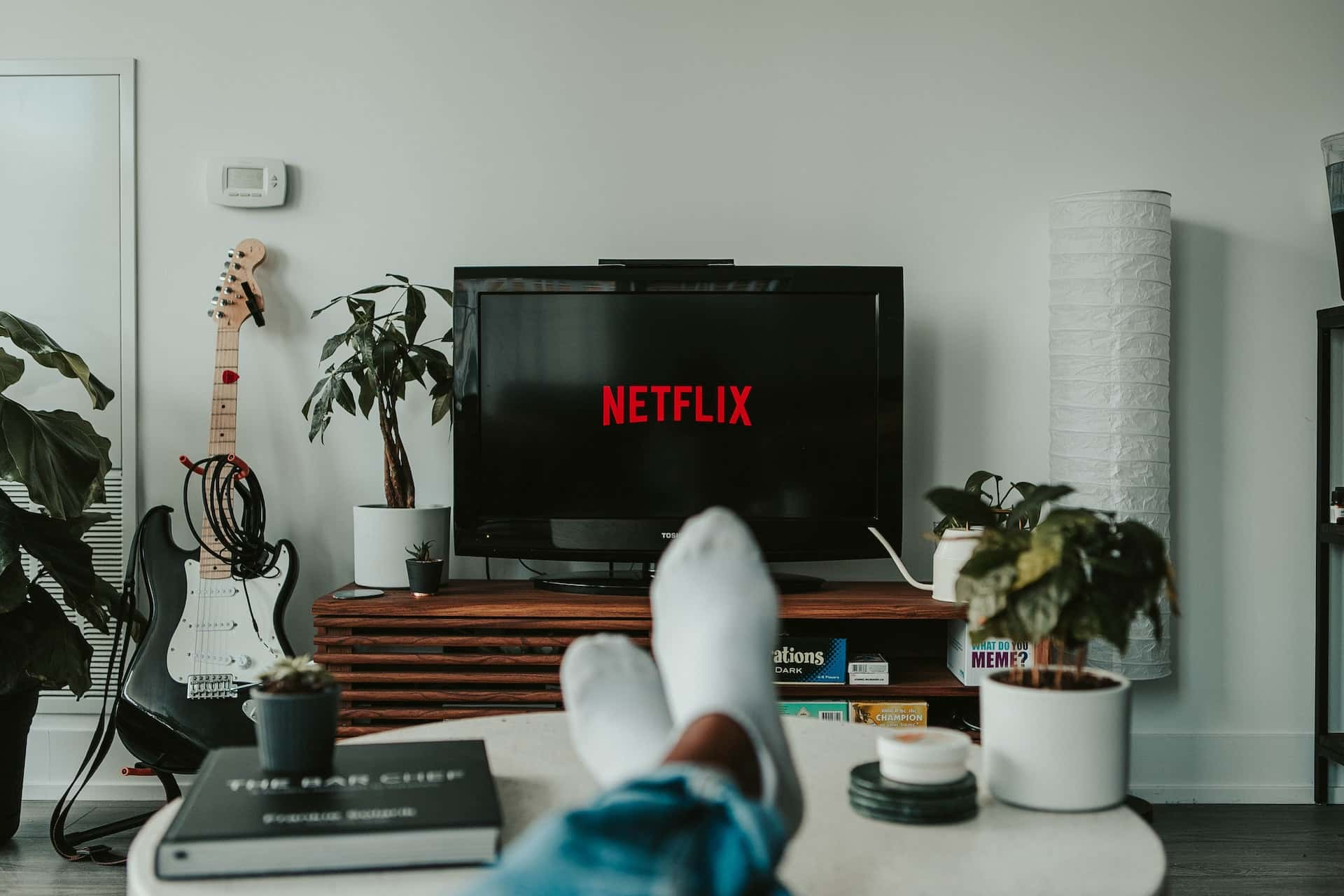
Even if you are not lucky enough to have the dedicated space for a home theater, it pays to create a well-designed family or living space with all the basic requirements in place for enjoyable TV viewing.
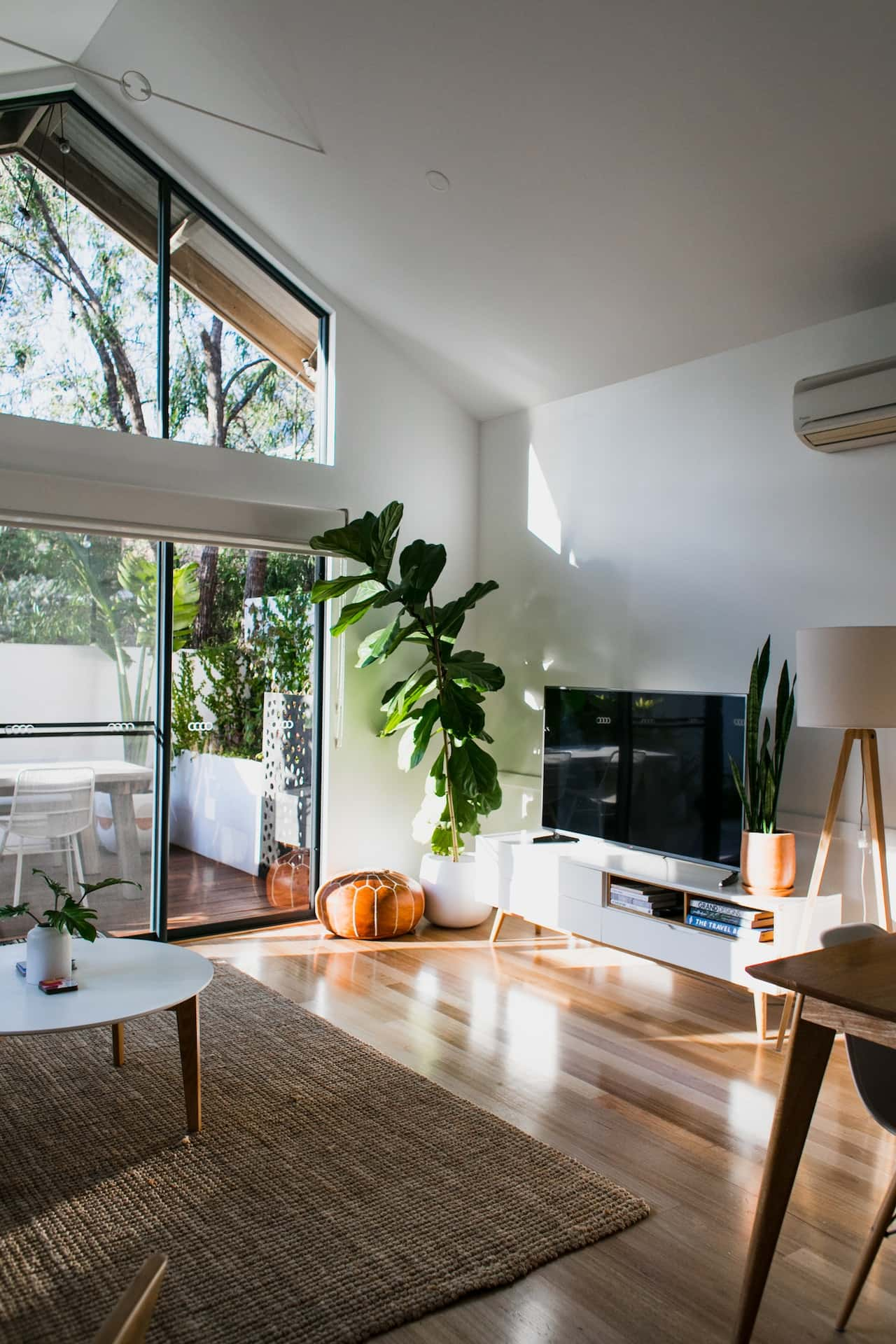
Here’s what you need to keep in mind if you’re looking for an awesome movie theater experience, right at home!
Pick the Location
Your home theater should be relatively isolated from the rest of your home, and should be a dedicated space that is only used for movie-watching. A basement or a room on the terrace would be ideal, but if you don’t have one, then choose a spot that does not come in the way of what’s happening in the rest of your home. You don’t want your movie watching to be interrupted by the sound of the pressure cooker whistle, for instance!
A spare bedroom or study that is at least 12 feet by 14 feet could be a good choice of location, as well. As a rough thumb rule for spatial calculations, a projector needs at least a 14-foot throw to cast a picture that measures 150 inches in diagonal length.
If you wish to have guests who regularly join your entertainment evenings, then it would be wise to have an entry that is not through the house.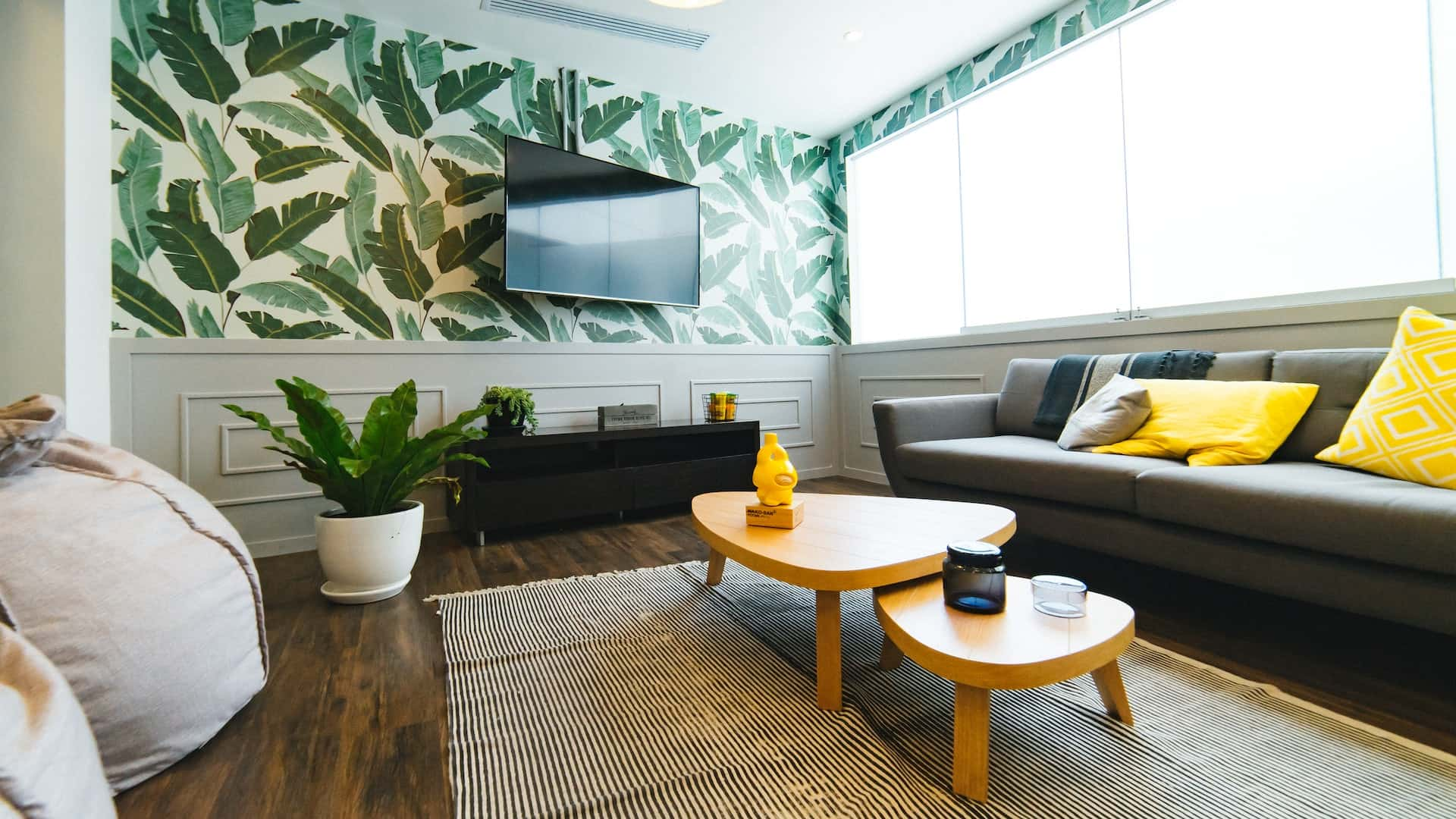
Consider the Acoustic Insulation
Ambient sound, which is the sound that comes from outside your home theater, is anything but welcome. Make sure that your home theater is not privy to the sounds of a regular household. Children crying, the sound of the washing machine, cooking sounds (and smells, for that matter) that waft in from the kitchen, and the sounds of traffic can all detract from the ideal viewing experience.
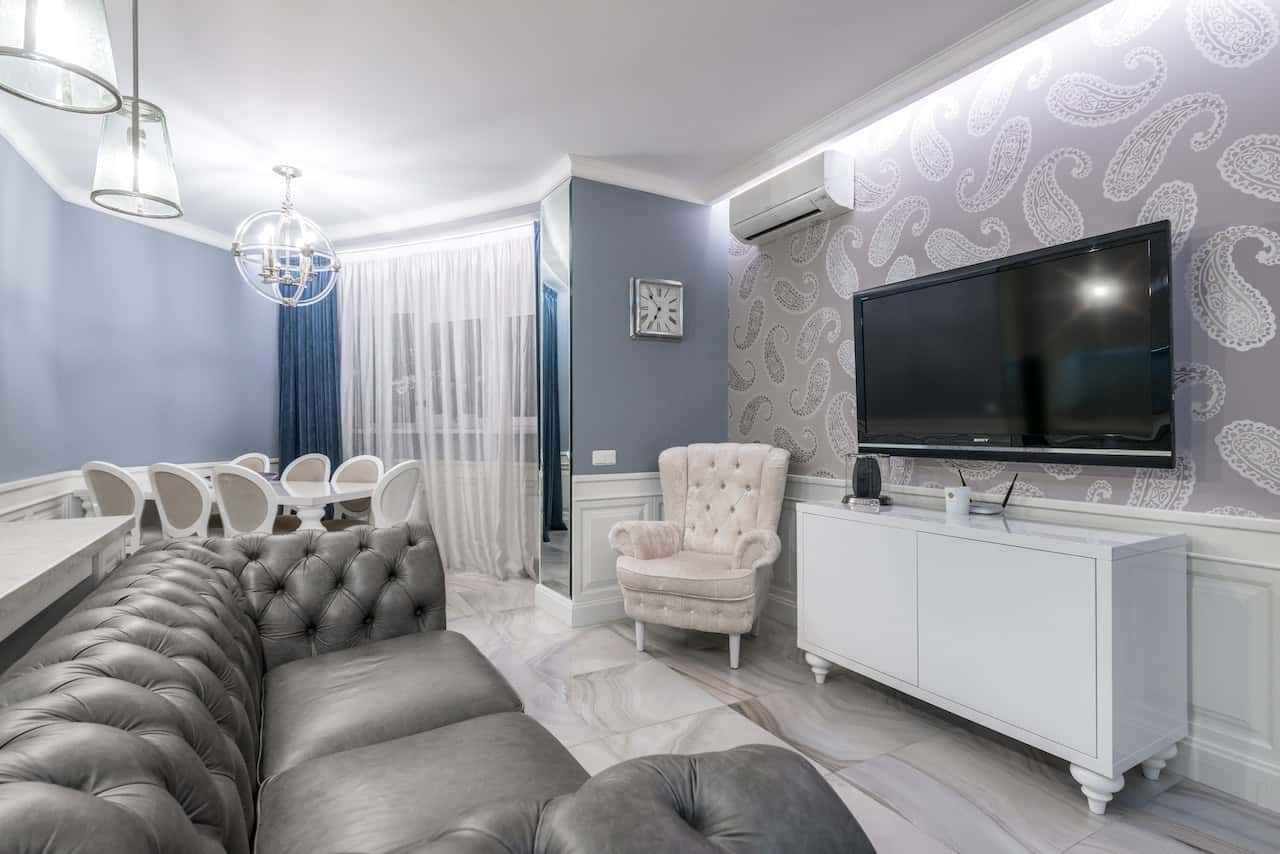
The ideal home theater room design will have wall-to-wall carpets, padded walls and a ceiling with acoustic-absorbing panels. Thick drapes at the windows will not only block out the light, but will also absorb sound and prevent reflections.
Here are some tips for better acoustics for your theater room design:
- Area rugs can be placed directly in front of the speakers, in case you do not like the idea of wall-to-wall carpets.
- Always close the drapes to block outside light when you’re watching movies.
- Bookshelves lined with books will help tame reflections.
- Indoor plants are also good sound absorbers.
- Experiment with the placement of the speakers till you get the best sound with no reverberations or echoes.
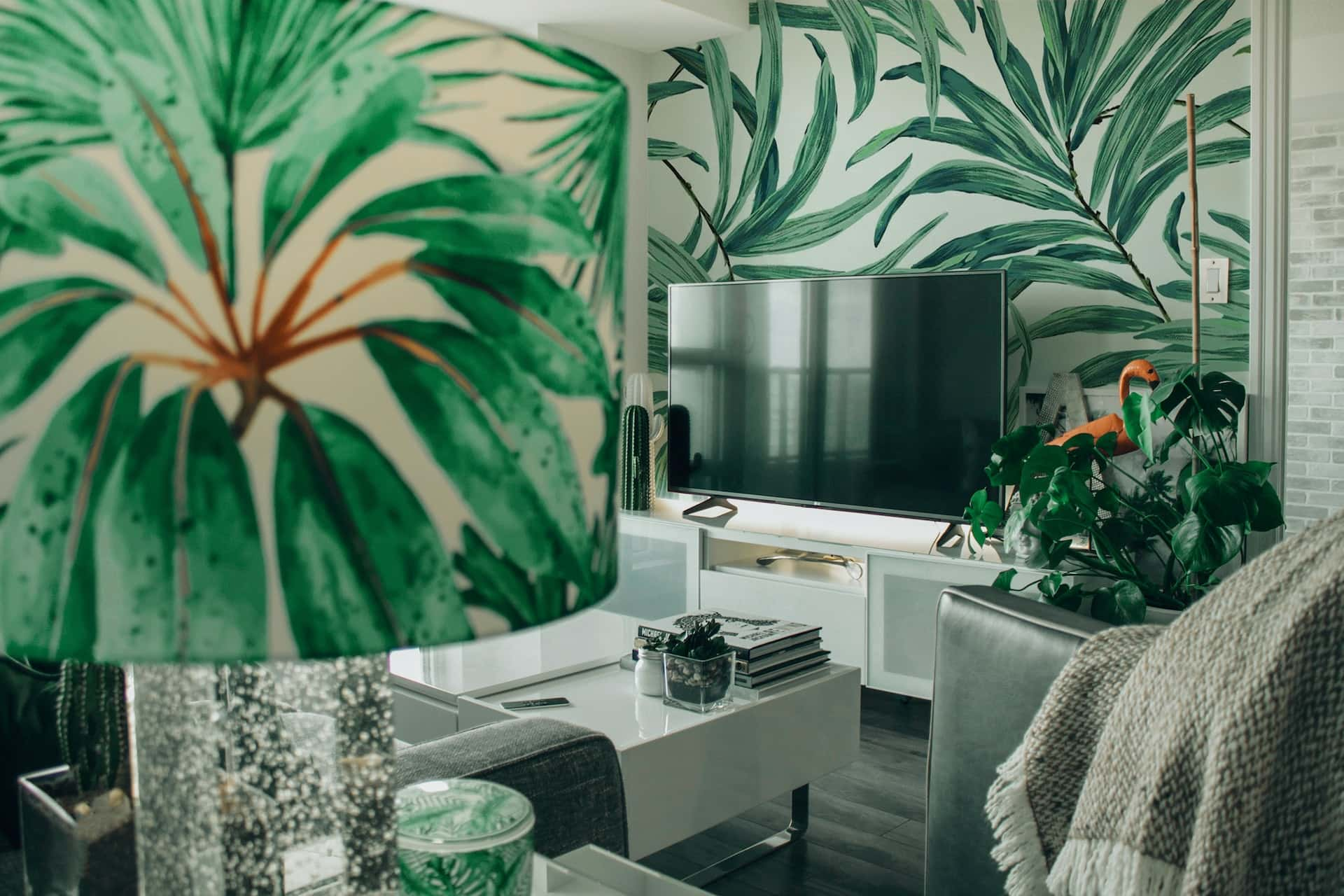
Set Up the Audio Visuals
If you are not tech savvy, you might want to take the help of an Audio-Visual expert for this. The cable box, OTT streaming box, Wi-fi unit, surround sound systems, TV unit or projector system are basic components of your home theater audio-visual systems. The audio system will typically include surround sound speakers (usually 5 in number), a subwoofer, and an amplifier. Wireless headphones may be a good investment as well.
When you plan the electricals and cable services, do take care to ensure that there are no wires trailing all over the floor or visible on the walls. While the wiring should be concealed, it should also be easily accessible for repairs and upgrades if any.
The cables you are likely to need include Ethernet cables that are at least Category 5, and HDMI® cables that are “High Speed”. All connectors should be of the highest quality and fit together solidly without having to be forced.
For safety of usage and to protect your equipment from voltage fluctuations, use a surge protector that is rated to at least the wattage of all the components, combined.
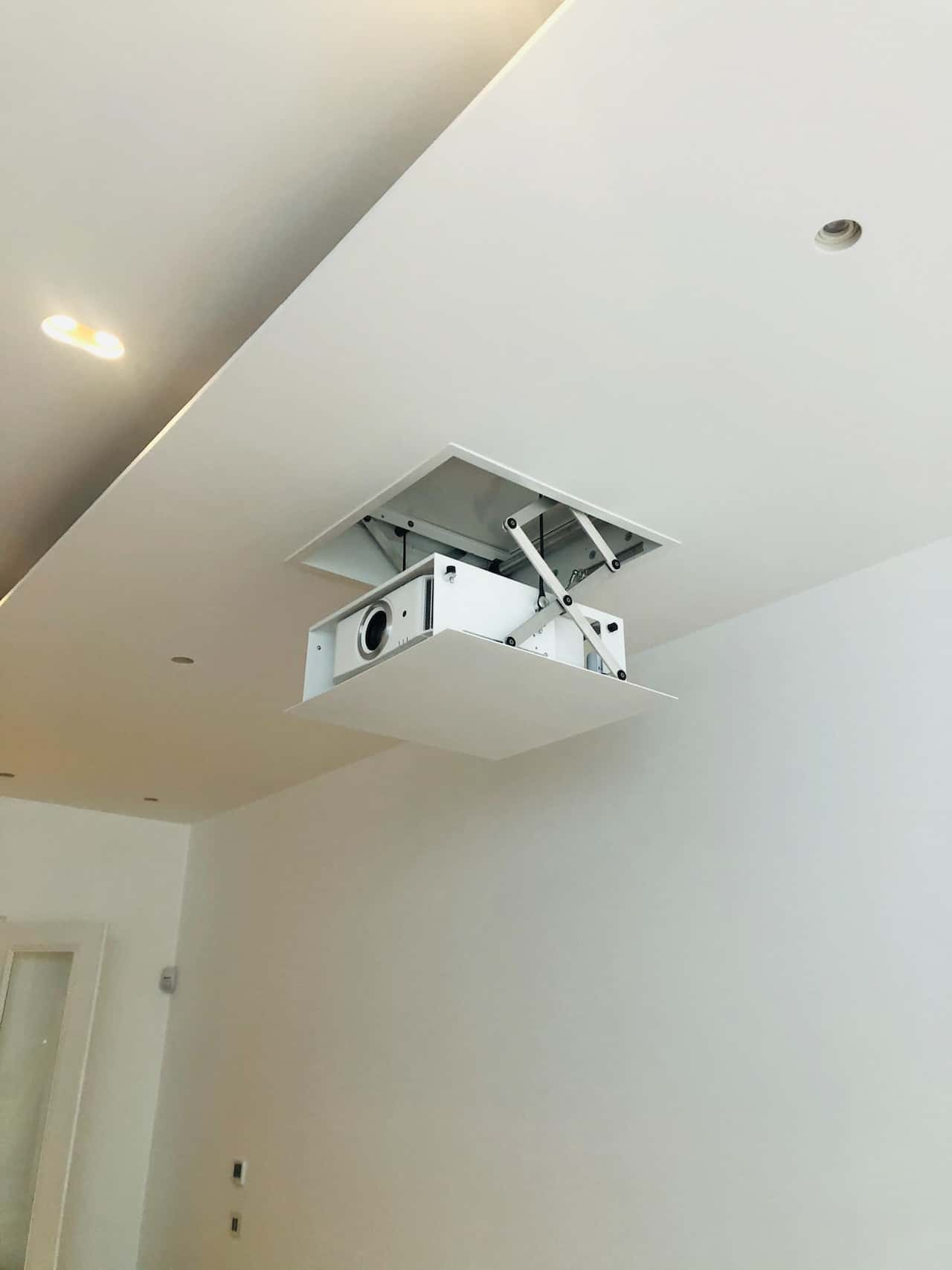
TV Viewing Distance and Mounting Tips for Home theater Room Design
Here’s what you should keep in mind when installing the television set in your home theater:
- The middle third of the TV screen should be perfectly aligned with your eye level when you’re watching TV, whether you are sitting down or lying down.
- Before you mount the TV, make sure it’s perfectly aligned and is parallel to the floor. A screen that is even slightly askew can be distracting.
- The ideal TV viewing distance is based on the size of your TV screen. There are plenty of online size to distance ratio calculators that can help you get the precise viewing distance for your size of screen. But as a thumb rule, this distance varies from approximately 31 inches for a 22-inch TV to 90 inches for a 60-inch TV. You can roughly calculate this to be approximately 3 times the vertical screen size of the TV.
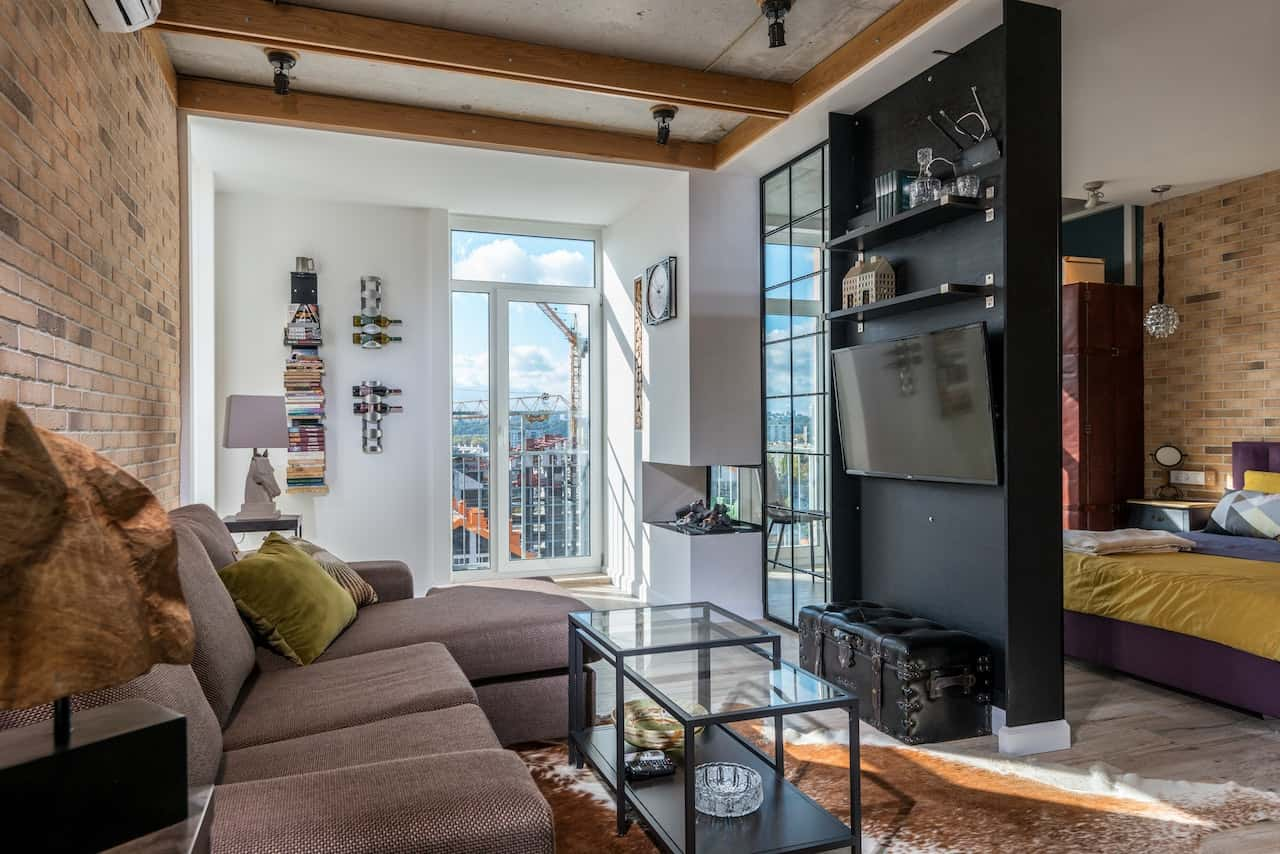
Choose Comfortable Seating
While a proper home theater room design will have movie-theater style reclining seats and tiered seating, this is not always possible unless you’re shelling out the big bucks! Any comfortable sofa or couch that doesn’t have a high back to obstruct people sitting behind you will suffice.
Also remember that plush upholstery and soft furnishings come with acoustic advantages, so you can feel free to pile on the cushions!
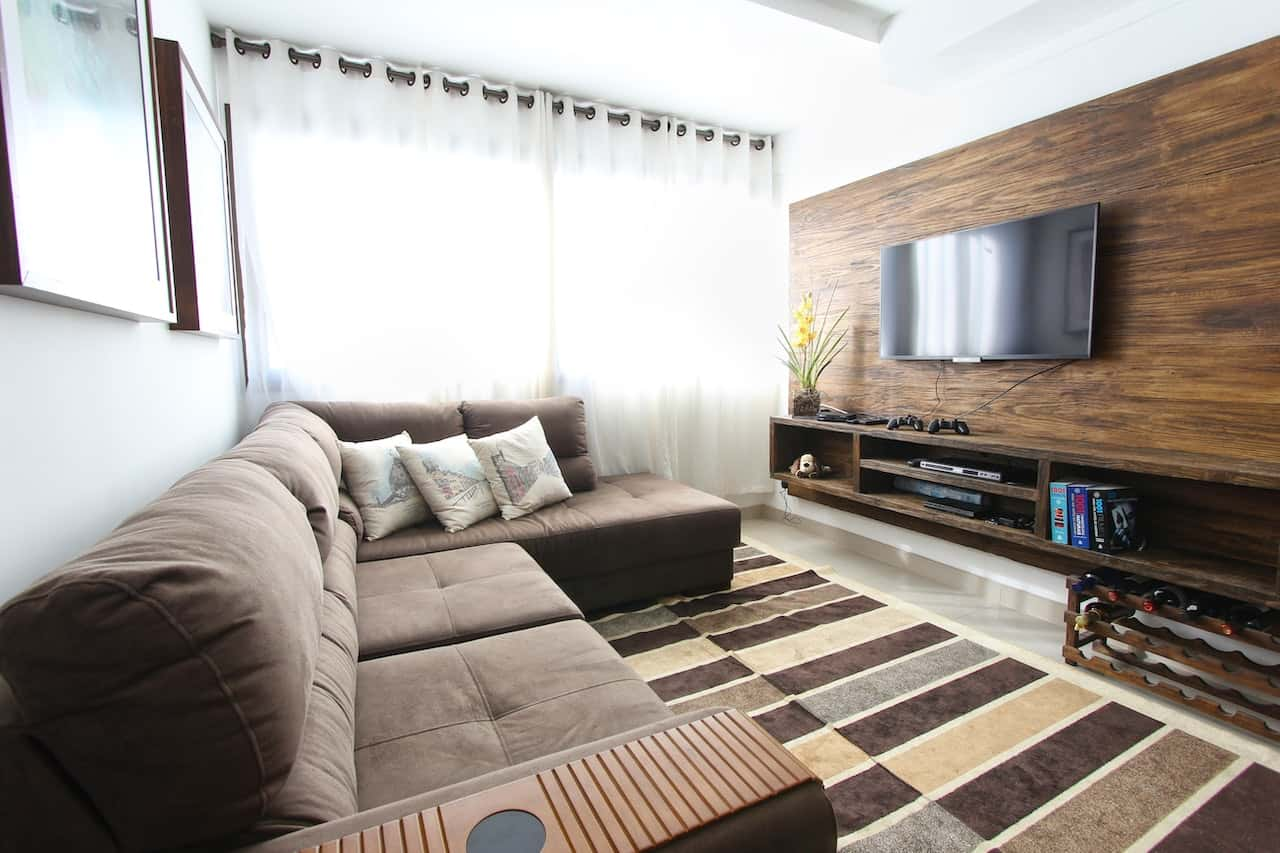
Ideal Colour Palette: The Darker, the Better
As you might have noticed in all cinemas, the walls tend to be in black, grey, navy blue or brown shades. This is because dark shades limit the reflection of light, allowing for the best viewing experiences. Light colours, on the other hand, tend to reflect and bounce around the light from the screen, which can be very distracting.
It pays to follow the same line of thinking for your home theater room design. Additionally, do keep in mind that there should be no reflective surfaces in the room. Window glass should be covered with black-out blinds, and any wall art should be mounted with non-reflective glass panels in the frame.
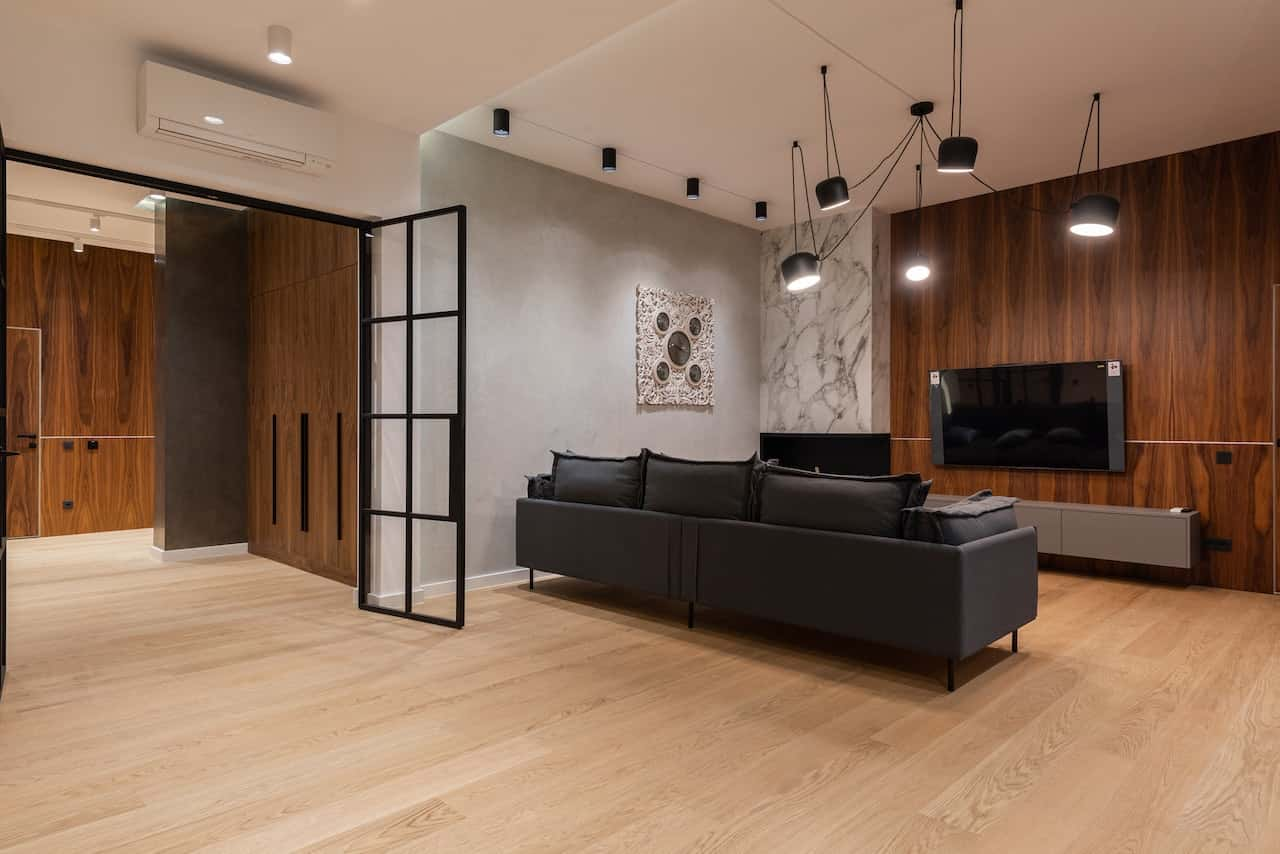
Build a Robust Lighting System
To create the atmosphere of a movie theater, the right lighting design is key. Consider adding recessed lighting in the ceiling and wall fixtures along the walls. If you can connect the lights to a dimmer, you will be able to control them, possibly with the same remote that you use for the projector.
Avoid bright lights, and make sure that all sources of outside lights are blacked out at movie-time.
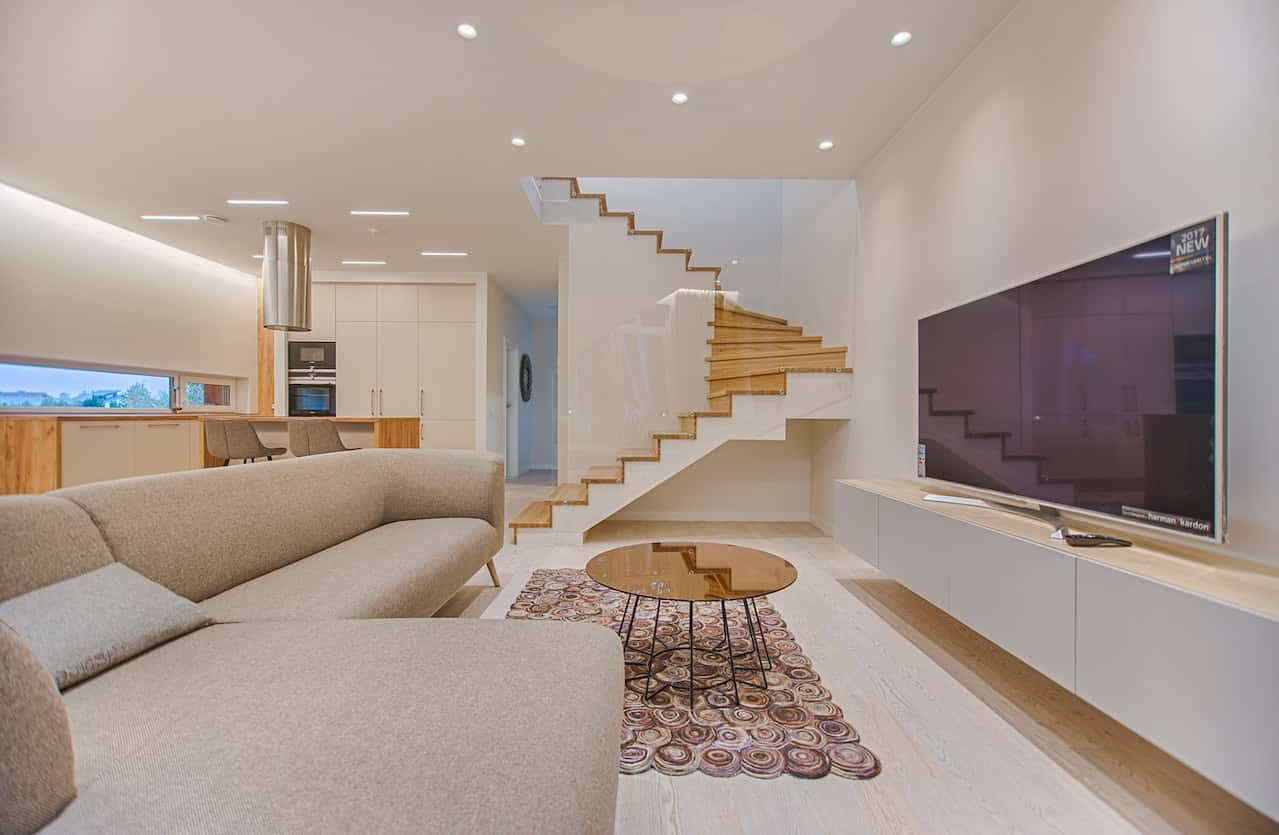
A Last Word
Crafting the perfect a home theater room design needs the right mix of technical knowledge and aesthetic sensibilities. But the end effort is well worth it, indeed! You can get endless hours of viewing entertainment, on days when you feel like hunkering down at home and binge-watching your favourite serials.
If you’re looking for interior design tips and ideas for your home theater room design, look no further, you’re at the right place already. The HomeLane team is always at hand to help you do up your home, within budget and on schedule, and completely in line with your décor preferences! Give us a call today or drop into any one of our Home Experience Centres.
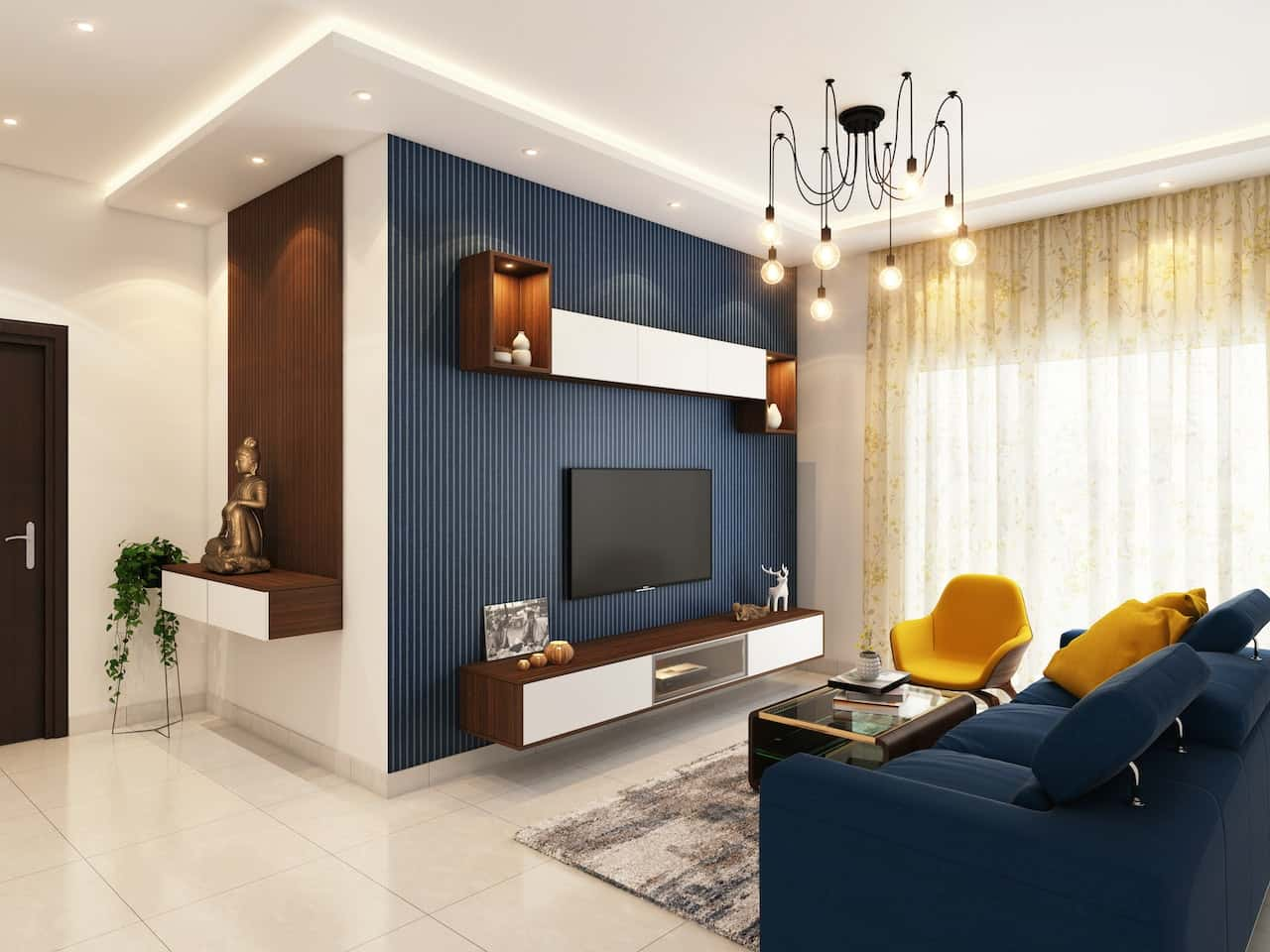
FAQs
1. What is a good size for a small home theater room design?
There is no size specification for a home theater room design, but the larger the space you can dedicate, the better. A great viewing experience is possible in a room of 15 feet width and 20 feet in length. Even if your room is smaller in size, it can be made to work well.
The best acoustics for a theater would be in a room that has one side shorter than the other, with the length of the two walls in a ratio of 1.272:1. This is called the Golden Trapagon and will reduce echoes and reverberation in the room.
2. How do you create a layout for a theater room design?
You should keep in mind that the viewing distance should be correct for the size of your TV. As a thumb rule, the ideal TV viewing distance is based on the size of your TV screen, and varies from 31 inches (2.6 feet) for a 22-inch High-Definition model to 90 inches (7.6 feet) for a 60-inch TV. For ease of calculation, this is about 3 times the vertical screen size of the TV.
The ideal TV room is rectangular, with the ratio between the length and the width of the walls as 1.272:1.
The TV should be placed away from windows, so that there is no glare on the screen while watching. You should have the provision to turn down the lights, and have the only source of light in the room from the back of the viewer to avoid eye strain.
3. How do you create a home theater room design?
Follow these steps to create the perfect home theater room design:
- Select the TV or projector system that is best suited to your viewing pleasure and is appropriate for the size of the room.
- Plan a robust lighting system, with the ability to dim lights as needed. For the best viewing experience, there should be no lights in front of, or around the screen.
- Try to keep reflective surfaces to a minimum. Windows should be fitted with black out blinds. Avoid brass objects, shiny light fittings, metal cabinet handles, picture frames with glass and so on.
- Seating should be comfortable and ergonomically designed for best viewing.
- Wall-to-wall carpeting, draperies and acoustic wall panels can absorb sound and limit echoes.
- Plan the electrical wiring, audio and cable systems with the help of a professional. Avoid having wires trailing all over the floor.
- If you are using a projector, a drop-down screen is a good idea. The projector can be suspended from the ceiling.
- Dark wall paint is better than light colours.
Happy viewing!
4. What are the 4 design areas of theater room design?
When working on a theater room design, the key aspects to keep in mind are the location and distance of the TV unit or projection screen, the ergonomics of the seating, the lighting design of the room and, most importantly, the acoustics of the space. We have already covered all these topics in detail in the blog above.

